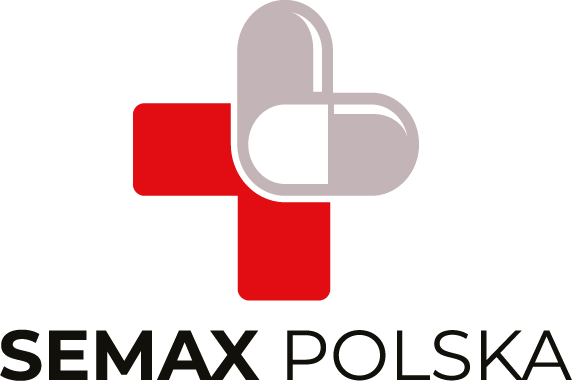What are peptides?
Peptides are amino acids linked together by a peptide bond. They are organic compounds, often with a very delicate structure.
Peptides with a length of up to 10 amino acid residues are called oligopeptides, and those with a longer chain are called polypeptides, or proteins (the kind we consume in food).
When and where are peptides used?
Peptides are widely used:
- in cosmetology (especially in skin firming/rejuvenating creams),
- in beauty salons thanks to its anti-ageing action,
- as an adjunctive therapy for stroke,
- as a treatment for burns or tissue damage
- for recovery support for people after operations and athletes
- in patients with damage to internal organs (e.g. liver cirrhosis, renal failure, COPD)
Each of the above examples refers to different peptides. In order to know which peptide to choose for your case, you need to find out about the specifications of the agent in question.
Are peptides hormones?
Peptides ARE NOT hormones, but there are hormones with a peptide structure.
The most important of these are:
- insulin
- oxytoc
- ACTH
- secretin
- angiotensin
Are peptides safe?
Peptides are uncomplicated organic compounds very similar to naturally occurring proteins in the human body, so there are no health-threatening side effects when peptides are used properly.
Are peptides allowed for athletes?
In the case of professional sport, the Olympic Games or other events supervised by anti-doping committees, it is always necessary to comply with the rules imposed before WADA (World Anti Doping Agency) and, in particular, to review the list of prohibited substances published by them every year.
For 2021, none of the peptides in our portfolio appear on this list.
What types of peptides exist?
Peptides can be divided into three types:
- Signal peptides - are able to initiate intracellular processes, which, depending on the peptide, can increase the regeneration/rebuilding of muscle fibres/fibroblasts, or increase collagen and elastin synthesis which can translate into firmer skin. A representative of this type of peptide is Hexapeptide-10, which has been seen in skincare products for years.
- Active substance transport peptides - help more of a given nutrient/organic substance to reach a given part of the tissue (depending on the peptide in question). An ideal example of such peptides are copper peptides (e.g. GHK-Cu in our range), which are great for regenerating and lightening scars, stretch marks and skin discolouration.
- Neuropeptides - these are peptides used by neurons to communicate with each other and to regulate a variety of biological processes, including metabolism, learning, food intake and reproduction. Great examples of these types of peptides are Semax and Selank that are on offer.
Each of the above types of peptides contains many subcategories that focus on a different, targeted action. In order to know which peptide to choose for your case, you need to find out about the specifications of the agent in question.
Want to know more about the specific peptides in our range? Check out the substances tab!



